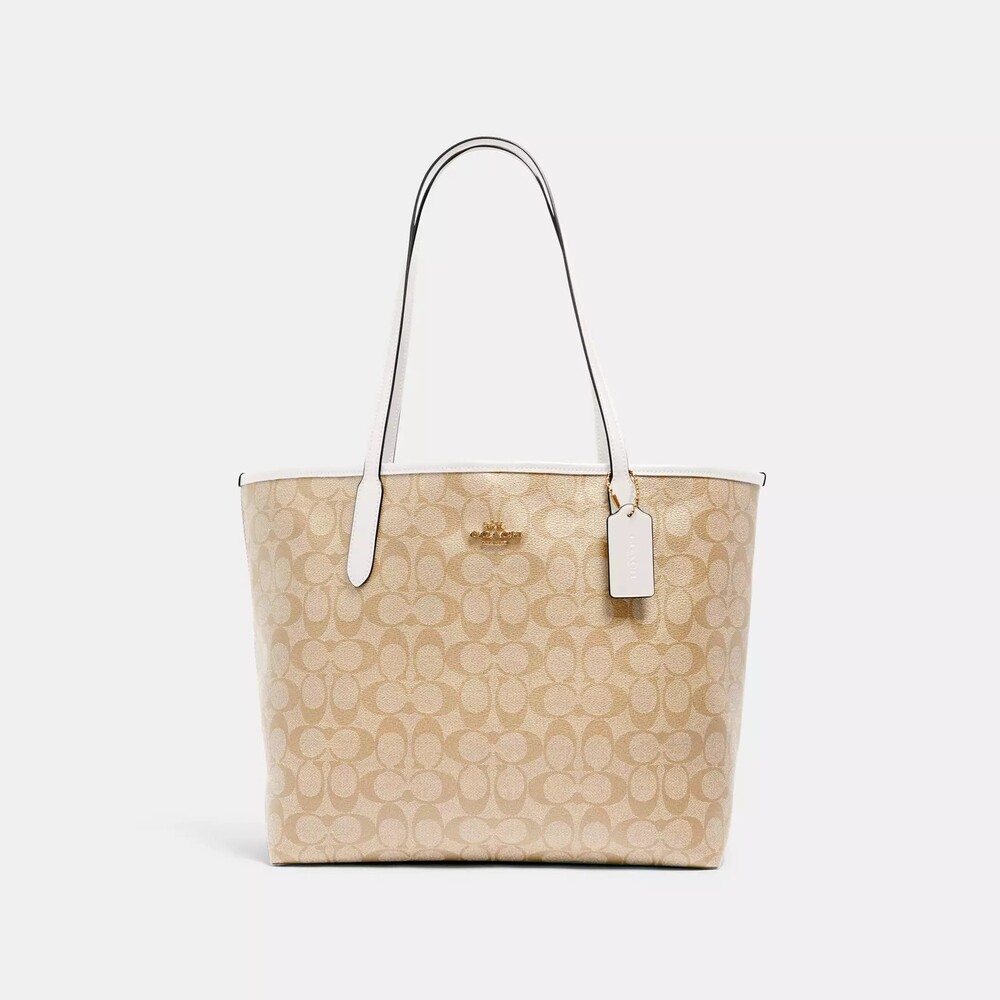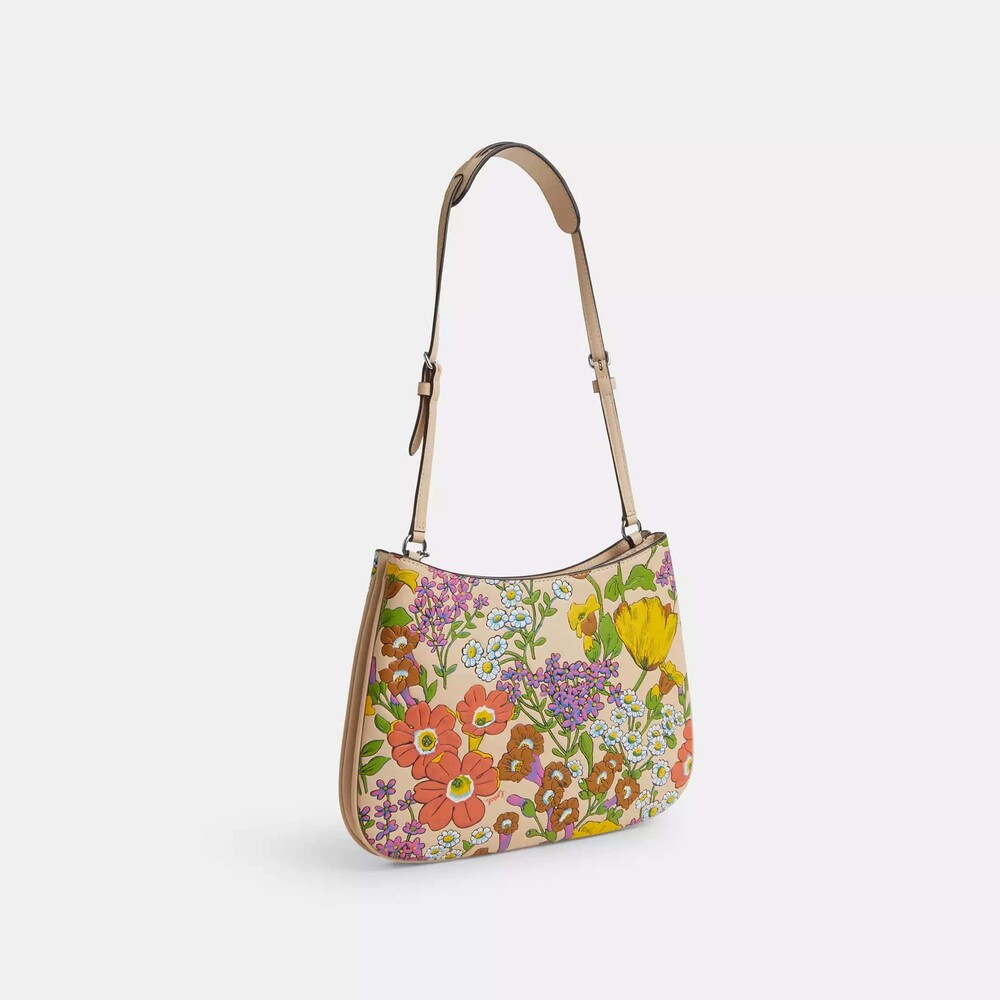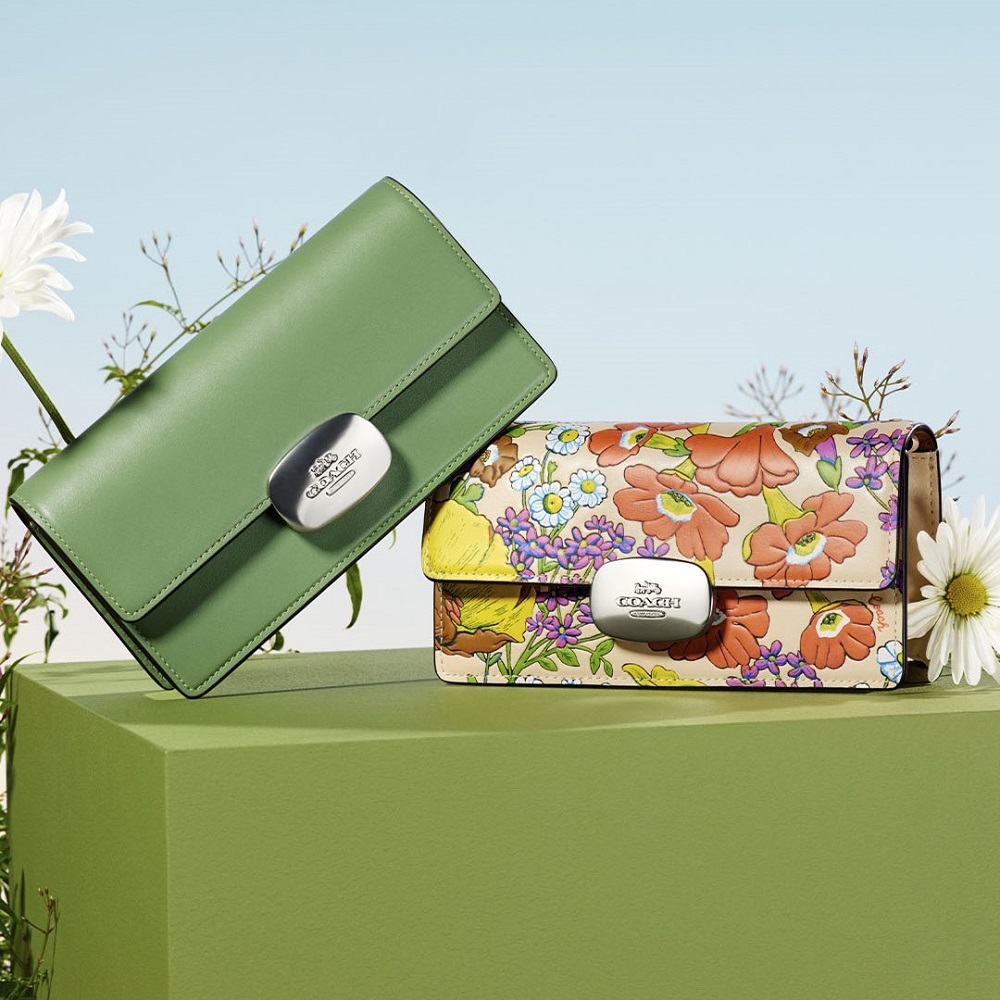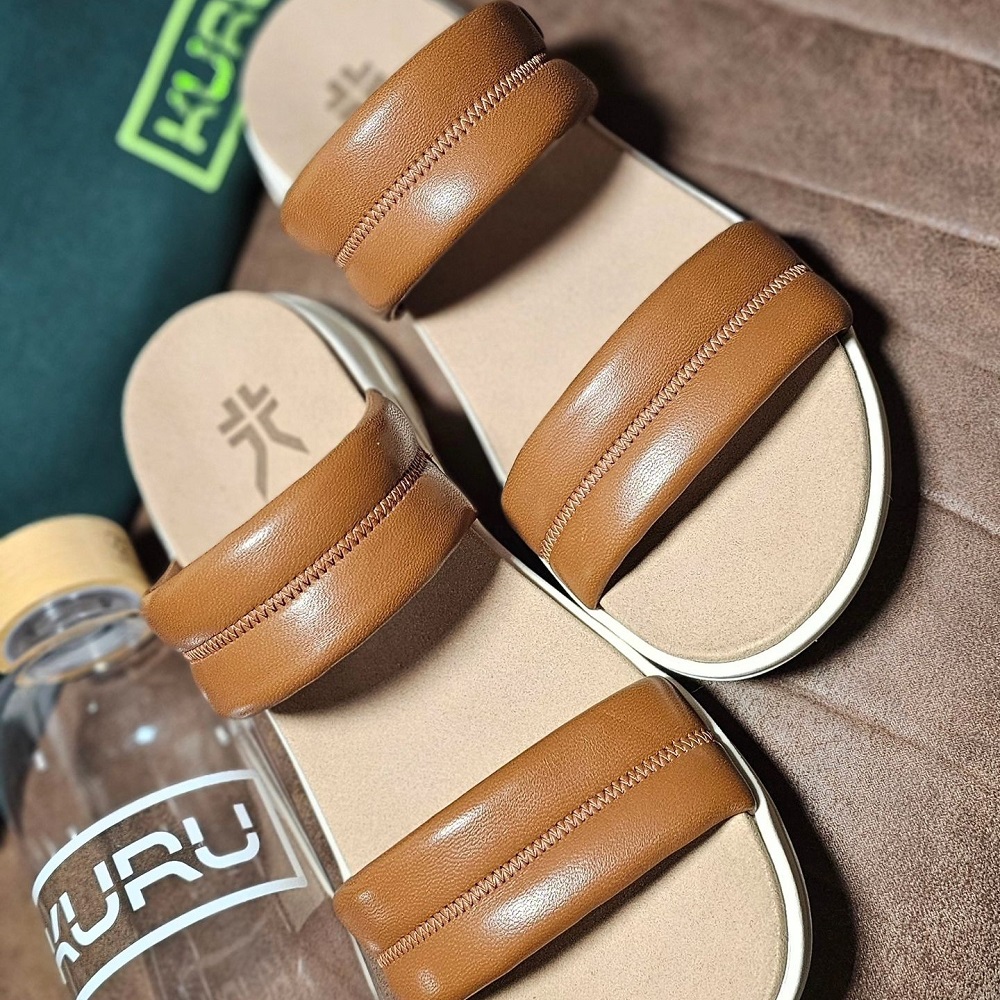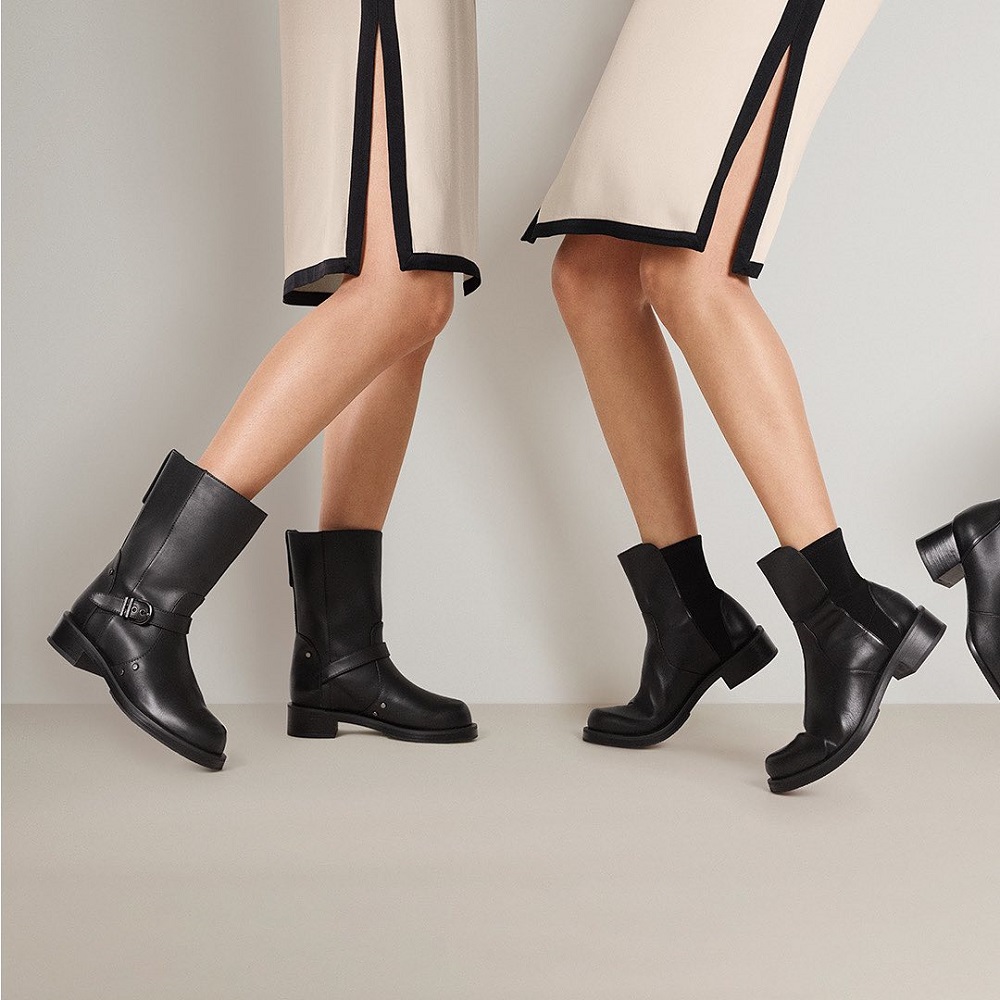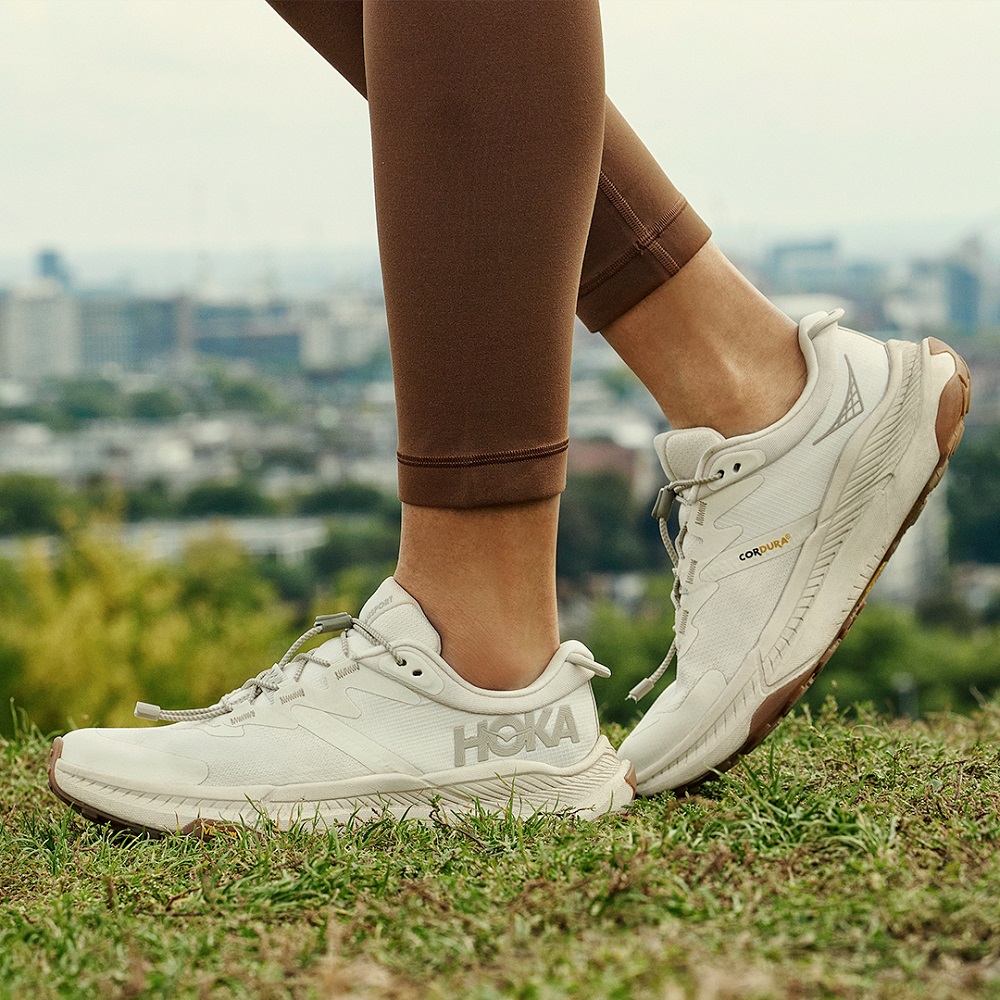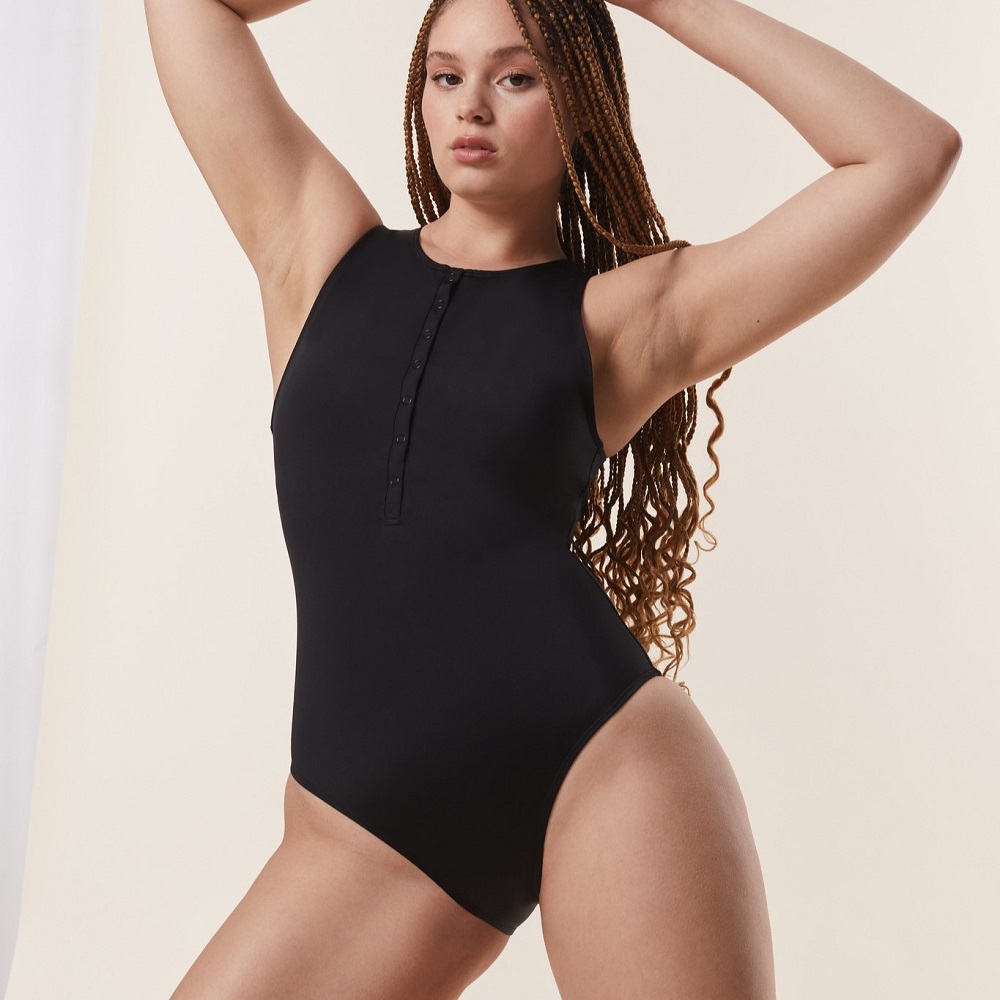Vivobarefoot Sizing: How to Find Your Perfect Fit
Table of Contents
As someone who has been wearing Vivobarefoot shoes for several years now, I know firsthand how important it is to get the sizing right. Vivobarefoot shoes are designed to be worn with a “barefoot” feel, allowing your feet to move and flex naturally, and giving you a better sense of the ground beneath you. But in order to get the full benefits of this footwear, it’s crucial to find the right size.
One of the things that sets Vivobarefoot apart from other shoe brands is their commitment to sustainable and eco-friendly materials. Their shoes are made from recycled materials, and they prioritize ethical manufacturing practices.
But as someone who cares about sustainability, I know that buying shoes that don’t fit properly can be just as wasteful and environmentally damaging as buying shoes made from synthetic materials. That’s why it’s important to take the time to figure out your Vivobarefoot size before making a purchase.
Why Sizing is Important
As someone who has been wearing Vivobarefoot shoes for several years, I can attest to the importance of proper sizing. When it comes to barefoot shoes, fit is everything. Wearing shoes that are too big or too small can lead to discomfort, blisters, and even injuries.
One of the unique features of Vivobarefoot shoes is their wide toe box, which allows your toes to splay naturally. This means that you need to pay extra attention to sizing to ensure that your toes have enough room to move around.
If your shoes are too tight, your toes will be cramped and unable to move freely. If your shoes are too big, your feet will slide around inside the shoe, causing blisters and other issues.
When it comes to sizing, there are a few things to keep in mind. First, Vivobarefoot shoes tend to run a bit large. This means that you may need to size down from your usual shoe size. However, it’s important to note that sizing can vary between different styles of shoes, so it’s always a good idea to check the sizing chart for each specific shoe before making a purchase.
Another thing to keep in mind is that your feet may change size over time, especially if you’re transitioning to barefoot shoes for the first time. As your feet strengthen and your arches become more defined, you may find that you need to adjust your shoe size. It’s always a good idea to measure your feet periodically to ensure that you’re wearing the correct size.
How to Measure Your Feet
Step-by-Step Guide
Measuring your feet is the first step to finding the perfect fit for your Vivobarefoot shoes. Here’s a step-by-step guide to measuring your feet:
- Find a blank sheet of paper and a pen or pencil.
- Place the paper on a flat surface, such as a hardwood or tile floor.
- Stand on the paper with your heels against a wall or other vertical surface.
- Trace the outline of your feet with the pen or pencil, keeping the pen or pencil perpendicular to the paper.
- Measure the length of your feet from the longest toe to the back of your heel.
- Measure the width of your feet at the widest point.
Tips and Tricks
Here are some tips and tricks to keep in mind when measuring your feet:
- Measure your feet at the end of the day, when they are at their largest.
- Wear the socks you plan to wear with your Vivobarefoot shoes when measuring your feet.
- Measure both feet, as they may be slightly different sizes.
- Measure your feet while sitting down, as standing can cause your feet to spread and give an inaccurate measurement.
- When in doubt, size up. It’s better to have a little extra room than to have your toes cramped.
Vivobarefoot Sizing Chart
As someone who has owned several pairs of Vivobarefoot shoes, I know how important it is to get the sizing right. Vivobarefoot offers a wide range of sizes for men, women, and kids, but their sizing chart can be a bit tricky to navigate. Here’s what you need to know:
Men’s Sizes
Vivobarefoot men’s shoes come in sizes 39-49. To find your size, measure your foot from heel to toe in centimeters, then add 3-5mm for wiggle room. Use the chart below to convert your measurement to the appropriate Vivobarefoot size.
| Centimeters | Vivobarefoot Size |
| 24.7 – 25.3 | 39 |
| 25.3 – 26.0 | 40 |
| 26.0 – 26.7 | 41 |
| 26.7 – 27.3 | 42 |
| 27.3 – 28.0 | 43 |
| 28.0 – 28.7 | 44 |
| 28.7 – 29.3 | 45 |
| 29.3 – 30.0 | 46 |
| 30.0 – 30.7 | 47 |
| 30.7 – 31.3 | 48 |
| 31.3 – 32.0 | 49 |
Women’s Sizes
Vivobarefoot women’s shoes come in sizes 35-43. To find your size, measure your foot from heel to toe in centimeters, then add 3-5mm for wiggle room. Use the chart below to convert your measurement to the appropriate Vivobarefoot size.
| Centimeters | Vivobarefoot Size |
| 21.3 – 22.0 | 35 |
| 22.0 – 22.7 | 36 |
| 22.7 – 23.3 | 37 |
| 23.3 – 24.0 | 38 |
| 24.0 – 24.7 | 39 |
| 24.7 – 25.3 | 40 |
| 25.3 – 26.0 | 41 |
| 26.0 – 26.7 | 42 |
| 26.7 – 27.3 | 43 |
Kid’s Sizes
Vivobarefoot offers a range of sizes for kids, from 20-35. Kids’ feet grow quickly, so it’s important to measure their feet regularly to ensure the best fit. Use the chart below to find the appropriate size for your child.
Common Sizing Issues
As someone who has worn Vivobarefoot shoes for years, I have encountered some common sizing issues that are worth discussing. Here are some of the most common problems and how to address them:
Too Tight
If your Vivobarefoot shoes feel too tight, you may need to go up a size. It’s important to remember that these shoes are designed to have a snug fit, but they should not be uncomfortable. If you feel like your toes are cramped or your feet are being squeezed, it’s time to try a larger size.
Another issue that can cause your shoes to feel too tight is if you have a high instep. If this is the case, you may want to look for styles that have a more forgiving upper or consider going up a half size.
Too Loose
If your Vivobarefoot shoes feel too loose, it’s possible that you need to go down a size. Loose shoes can cause your feet to slide around inside the shoe, which can lead to blisters and other foot injuries.
If you have narrow feet, you may also find that some Vivobarefoot styles are too loose. In this case, you may want to look for styles that have a more narrow fit or consider adding an insole to help fill the extra space.
Narrow or Wide Feet
If you have narrow or wide feet, finding the right size can be a challenge. Vivobarefoot shoes are designed to be flexible and accommodate a range of foot shapes, but some styles may not work for everyone.
If you have narrow feet, you may find that some styles are too wide. Look for styles that have a more narrow fit or consider adding an insole to help fill the extra space.
If you have wide feet, you may need to go up a size or look for styles that have a wider fit. It’s important to remember that your toes should still have room to move and splay, even if the shoe feels snug.
Conclusion
Based on my research and personal experience, I can confidently say that Vivobarefoot sizing can be tricky to nail down. However, with some patience and attention to detail, it is possible to find the perfect fit for your feet.
One important thing to keep in mind is that Vivobarefoot shoes tend to run larger than conventional shoes. It is recommended to measure your feet and consult the size chart provided by the company before making a purchase. Additionally, it is a good idea to try on different sizes and styles to see what feels most comfortable for your feet.
Another factor to consider is that feet can continue to grow and change shape over time, even into adulthood. This means that it is important to regularly measure your feet and reevaluate your shoe size as needed.
Ultimately, the benefits of wearing Vivobarefoot shoes, including improved foot strength and flexibility, make the effort of finding the right size well worth it. By taking the time to find the perfect fit, you can enjoy all the benefits of barefoot shoes while keeping your feet happy and healthy.
